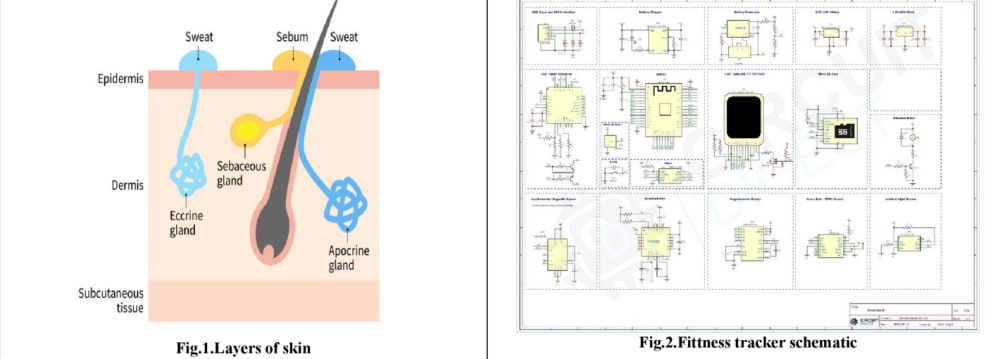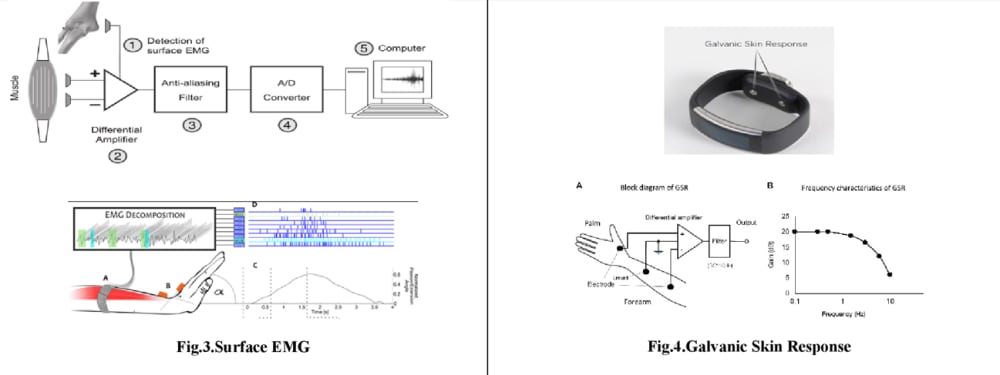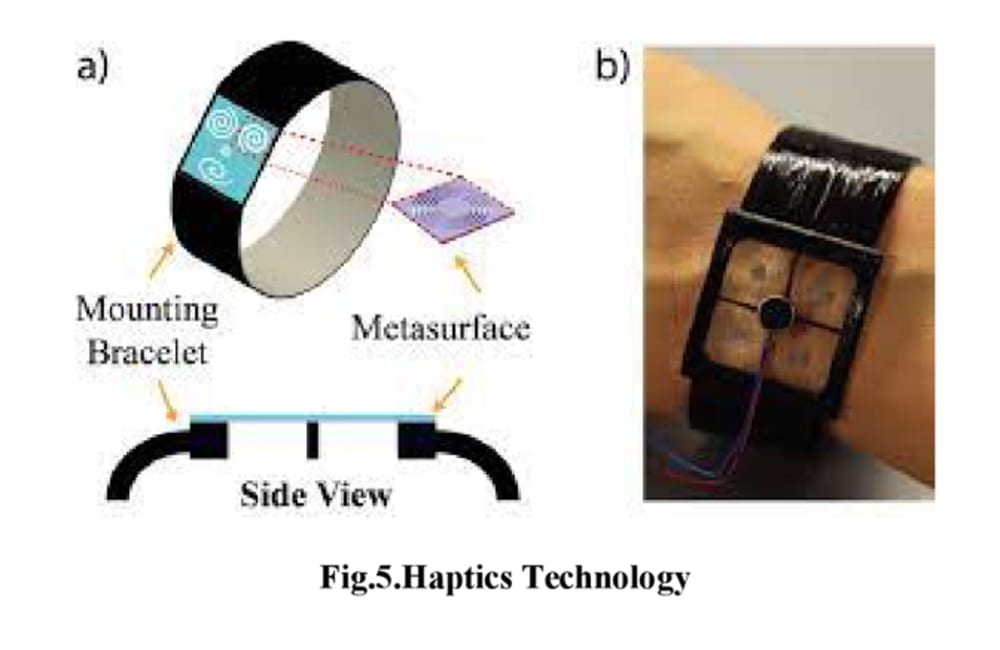Abstract
This paper presents the design and assesses the efficiency of a multi-sensor wearable device that uses haptic technology in controlling anxiety. Anxiety disorders top the list of psychiatric disorders globally, and there has been a need for new and innovative solutions to detect their manifestations in real-time and manage them. The proposed wearable will be equipped with various sensors measuring Surface Electromyography, Galvanic Skin Response, heart rate monitors, and accelerometers for measuring the physiological markers of anxiety. Besides this, it will also be equipped with a haptic feedback system for real-time interventions aimed at reducing anxiety.
Objective
The main objective is to design a wearable device that shall detect all episodes of anxiety with high accuracy by monitoring changes in physiology and provide an immediate, nonintrusive intervention in the form of haptic feedback. Improvements in user awareness about the triggers of anxiety and enhancement in anxiety management are targeted through real-time feedback and guided relaxation techniques.
Method
Wearable that incorporated the following: sEMG, GSR, heart rate sensors, accelerometers, and haptic feedback mechanisms. The data from these sensors is wirelessly sent to the companion smartphone application for real-time analysis. When detected, it can automatically trigger high anxiety levels through haptic feedback for immediate relief. Alerts will also be provided, and activities to shed the anxiety developed by this deviceᅳdeep breathing exercises or mindfulness techniques such as guided meditationᅳare recommended.
The device's effectiveness was tested in a six-week study wherein subjects diagnosed to have anxiety disorders participated. The participants used the device throughout the day, and at the same time, their physiological data and anxiety levels were recorded at all times. The research seeks to determine the reliability of the wearable device in detecting anxiety and whether haptic feedback can actually lower the anxiety level.
Results
Results demonstrated that the wearable was able to detect physiological changes indicative of anxiety with a high correlation coefficient to self-reported measures of anxiety. Of note, many participants reported an increased amount of self-quantification related to triggers of anxiety and better handling of anxiety due to the immediate and tactile nature of the interventions and guided exercises presented in this work. Anxiety, in real-time, was reduced by haptic feedback and provided immense value to the user experience and effectiveness of the device.
Conclusion
The findings of this research outline, gainfully, that multi-sensor wearable devices with haptic technology have huge potential to be applied efficiently for the control of anxiety. The integration of the sEMG, GSR, heart rate, and accelerometer sensors allows for the full monitoring of physiological indicators of anxiety, while haptic feedback offers a physical, real-time intervention. Results suggest that such devices could significantly improve the management of anxiety by real-time detection and instant relief. In the future, research should be done on the further refinement of sensor integration, the optimization of the haptic feedback pattern, and the extension of scope of intervention to parameters that make these wearable devices more effective in anxiety management and easier to be accepted by their users.
Like this entry?
-
About the Entrant
- Name:Rethanyaa Sv
- Type of entry:teamTeam members:
- SANDHIYA G
- SANGEERTHAN P
- UDHAYA MOORTHY S J
- Patent status:none









